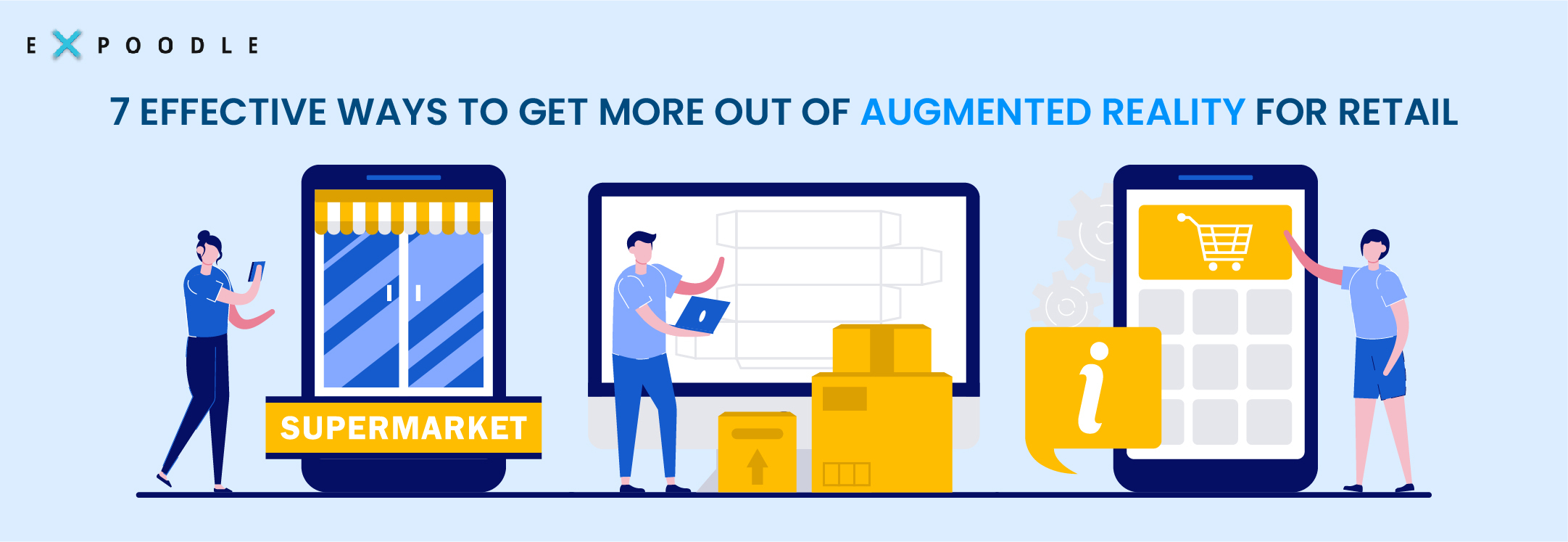
In this new age of retail, Augmented Reality is the true catalyst for innovation and advancement. AR has several applications and brands across the globe are implementing this immersive tech in their stores.
An exponential increase in the processing power, miniaturization of components and devices, all-pervasiveness of affordable internet, and a big leap in user interface - this ubiquity along with the social media presence gave birth to the fourth paradigm of marketing. With augmented reality, this whole paradigm finds the much-needed ‘unicorn-ness’ to connect with a customer amidst the 5,000 commercial messages one receives on an average per day.
In this article, we will try to find answers to all such questions like: What are the challenges retail is facing? How is AR filling in all these gaps? How AR is the new and better substitute for marketing and advertising campaigns and strategies? How AR is the new informer in terms of brand and product awareness? How AR is bringing the brand and the customer closer? How does AR help in building brand awareness and customer retention?
AR grabs the attention of customers and leaves a more lasting impression. Almost 50% of the customers have agreed that AR in retail allows them to make better shopping decisions and knowing everything beforehand saves their time.
Given that AR is executed the right way, it can have a transformative effect to drive both bottom-line profitability and top-line revenue through efficiencies across the business, both internally and externally.
In this blog, we are going to look at 7 Effective Ways to Get More Out of AR in Retail:
AR in retail allows for a perfect amalgamation of a traditional retail experience with E-commerce. A customer gets to have a real ‘in-store’ experience without having to actually visit the store. With the creation of virtual reality stores, you can create stores of any size, with a wide variety of products and that many more options for the customer, all this with no added inventory and real-estate costs.
This allows for a wide customer reach and at the same time ensures that you stay closer to the customers.
Yihaodian, one of China's leading e-commerce websites, teamed up with Ogilvy & Mather Advertising, Shanghai -- to advertise 1,000 Virtual stores for them. This worked wonders on so many levels - without occupying any real space, 1,000 new stores were opened, which not only increased the brand’s revenues by 18% but also increased customer reach.
Here’s what a virtual store looks like:
We all have experienced the struggles of a typical fitting room - the long lines, the limited number of articles you can carry, having to dress and undress again and again, and all those things. With virtual fitting rooms, a customer is saved from all these things and provides a much more smoother and convenient experience. With these virtual fitting rooms, a customer can try multiple products, look at them in hyper-reality, and get a ‘hands-on’ feel This improves conversion rates and also reduces returns, thus helping a brand in achieving two of the major goals at once.
Here’s how a virtual fitting room experience feels like:
One of the best ways to enhance brand recognition and engage with customers at a whole new level is by gamifying the whole shopping experience. With Augmented-gamification, you can turn your products into markers for engaging and interacting with the customers and making the whole experience more fun for the customer.
When you get a customer invested in a gamified experience, half the battle is already won. A customer spends more time on your product, and without them realizing it, you can advertise and brand your product at a much more personal level. By providing in-game, redeemable coupons and vouchers, you can further entice the customers to buy your products and ensure higher revenue generation.
An in-store Web AR experience not only works as an incentive for a quicker purchase but also makes a customer more likely to come back for more. Nike came up with one such experience. Here’s how it looks like:
Advertising campaigns are the defining points in a brand’s success. In a world where the attention span of a customer is less than 8-seconds on average, it becomes that much more crucial for a brand to stand out with its advertisements. By incorporating AR into adverts, brands can redirect users to additional web content, product videos, additional information like brand story or product development, etc.
These AR-powered, immersive advertisements can create a lasting impression on a customer and ensures higher brand recall.
BON V!V Spiked Seltzer is the best example of an AR advertising campaign. Have a look at this immersive advert:
Augmented Reality in Retail allows a customer with a try-before-you-buy experience with a 3D product preview. With this 3D visual rendition, a customer can view the product more clearly and get a fair idea as to what’s inside the package without even opening it. This saves a customer disappointment in case of the product not meeting the expectations or not matching with what’s displayed on the product packaging.
One of the more popular examples of this try-before-you-buy is Lego, the famous Danish toy production company.
By simply scanning the product in front of a camera placed in next-gen, sensor-based technology, the toy comes to life and a customer can see the various things that can be created out of that particular lego set.
Here’s how it feels like:
With augmented reality in retail, consumer engagement is possible from anywhere, anytime. By using AR, the product catalogs can be made to come to life and do the marketing for you. By simply scanning the page, (known as image recognition) a customer can see the products from the catalog appear in their own surroundings, in hyper-reality. These visualized, real-lifelike catalogs not only provide a customer with an immersive experience but allows them in making better shopping decisions.
A 3D view of the products with this projected catalog items, especially in the case of furniture, give a customer a real-time, scale view of what the product would look like, providing a much better idea about the dimensions, how it would look in their surroundings, whether it goes with the rest of the room decor or not and hence saves them from a lot of after shopping stress.
The famous furniture giant, IKEA was one of the first brands to introduce visualized product catalogs. Upon scanning the pages from these catalogs, allowed a customer to place IKEA furniture in their home by simply using their smartphone devices.
Here’s how it was done:
One of the major benefits of Augmented Reality is that it allows a brand to be more transparent and candid with the customers. Nowadays, a customer prefers to be well-informed about the brand, its products, and the whole manufacturing process before buying anything. With AR, a customer can be provided with additional product-related information like nutritional value, uses, benefits, etc. which enriches the whole shopping experience.
Here’s an example:
The growing influence of augmented reality in retail is clearly visible. It has ignited the urge among retailers to integrate ar-applications in their marketing and advertising campaigns. The revenue of AR is expected to hit $61.39 billion dollars by 2023, indicating an annual growth of above 55%. This immersive tech is being used to provide a better and improved shopping experience to the customers.
One of the major issues in the retail sector is that there are too many product options but very less product awareness. Instead of traditional advertising, AR creates a much profound and long-lasting impact, builds better, deeper connections, and leads to higher customer retention, enhanced customer engagement, and improved scope for interaction. At the same time, AR also allows immense scope in terms of product innovation.
AR is the real game-changer in the retail and e-commerce sector. By combining the traditional retail experience with e-commerce; using virtual fitting rooms; providing a gamified shopping experience; using empowered advertising campaigns and hyper-real product catalogs; along with features like try-before-you-buy; AR can bring the most out of retail and provide an enriched shopping experience to the customers.
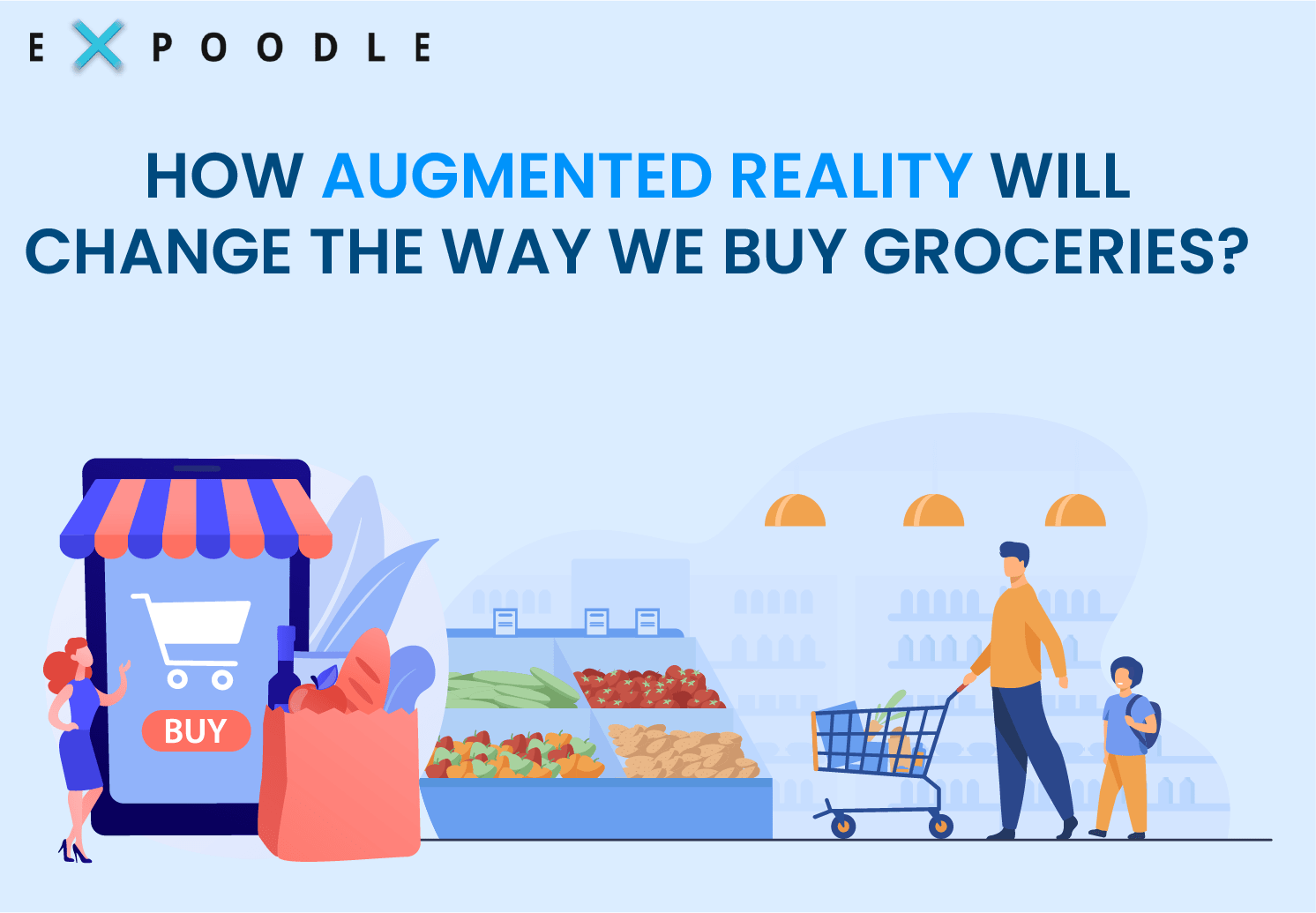
The integration of Augmented Reality applications into shopping has truly redefined the whole experience for customers and retailers alike. It has shown unbelievable results, and an escalating total of AR users across industries and verticals only proves the invaluable potential of this immersive tech....
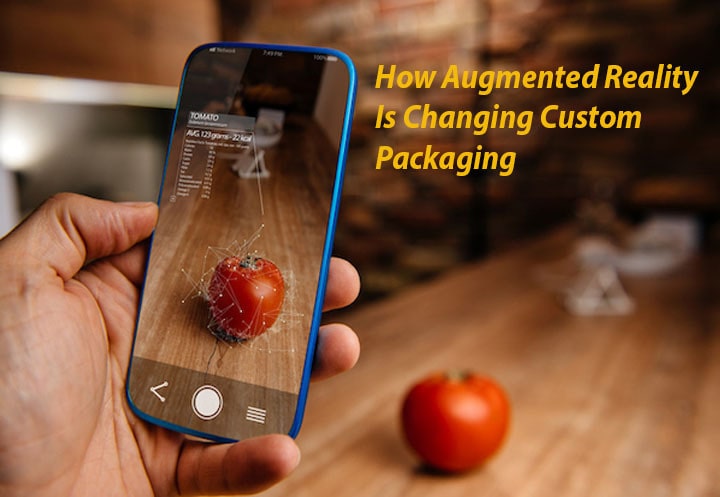
When it comes to attracting customers, the packaging is one of the biggest game-changers. With the right kind of packaging, you can attract a lot of customers, intrigue them to spend more time on your product and ultimately ensure increased sales. It is an underrated yet one of the important parts of marketing for a brand and can ‘make or break’ your entire campaign....
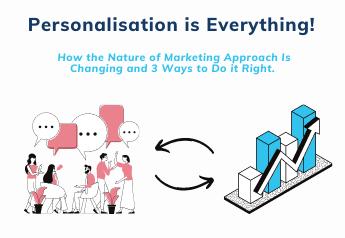
In today’s time, personalising the customer experience is of paramount importance. With most of the marketing approach centred around metrics like price, product, ROI, sales, the true essence of businesses is all but lost. Businesses survive only when they resolve the pain points of the consumer. You can talk in lengths of stats and analysis, but until and unless you can convey your brand to the targeted consumer, you won’t sustain long....
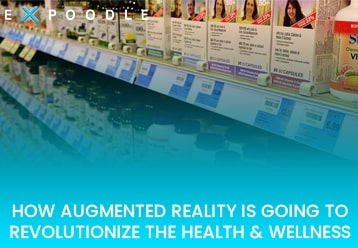
“Health is Wealth” - We all know this, but somehow we forget it time and again. To ensure a happy, successful and long life, it is essential to take care of one’s health. With the continuous development in technology, it is no surprise that the Health & Wellness Sector is also benefiting from immersive tech and can be one of the most benefited and improved sectors in the coming years....
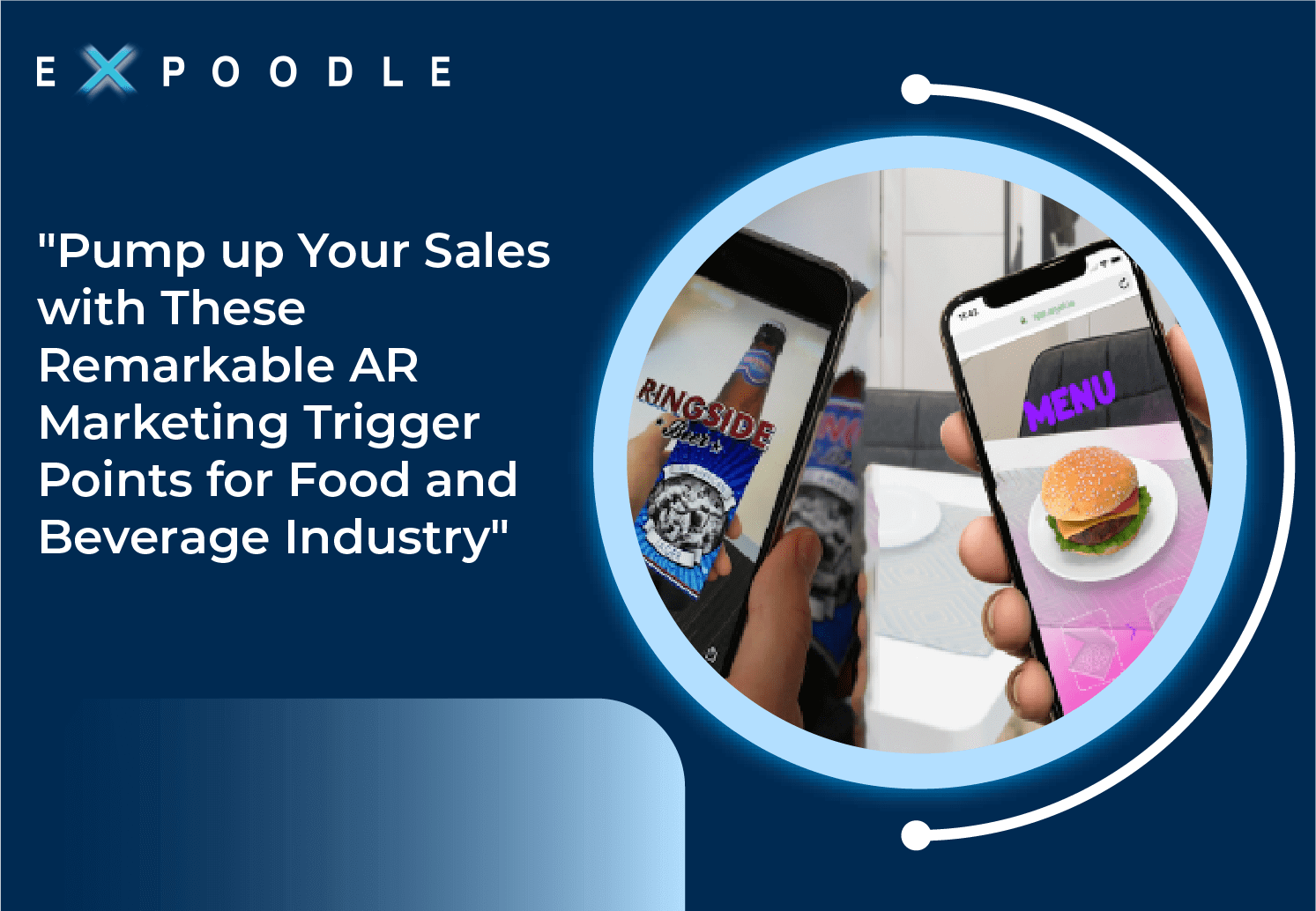
Augmented Reality has quite a big role to play in the food and beverage industry. It’s new generational technology and something that will grow over time in the next decade. Tapping into this potential at the present day can not only open doors for food and beverage brands to newer avenues and increase customer engagement, but also result in high turnover....
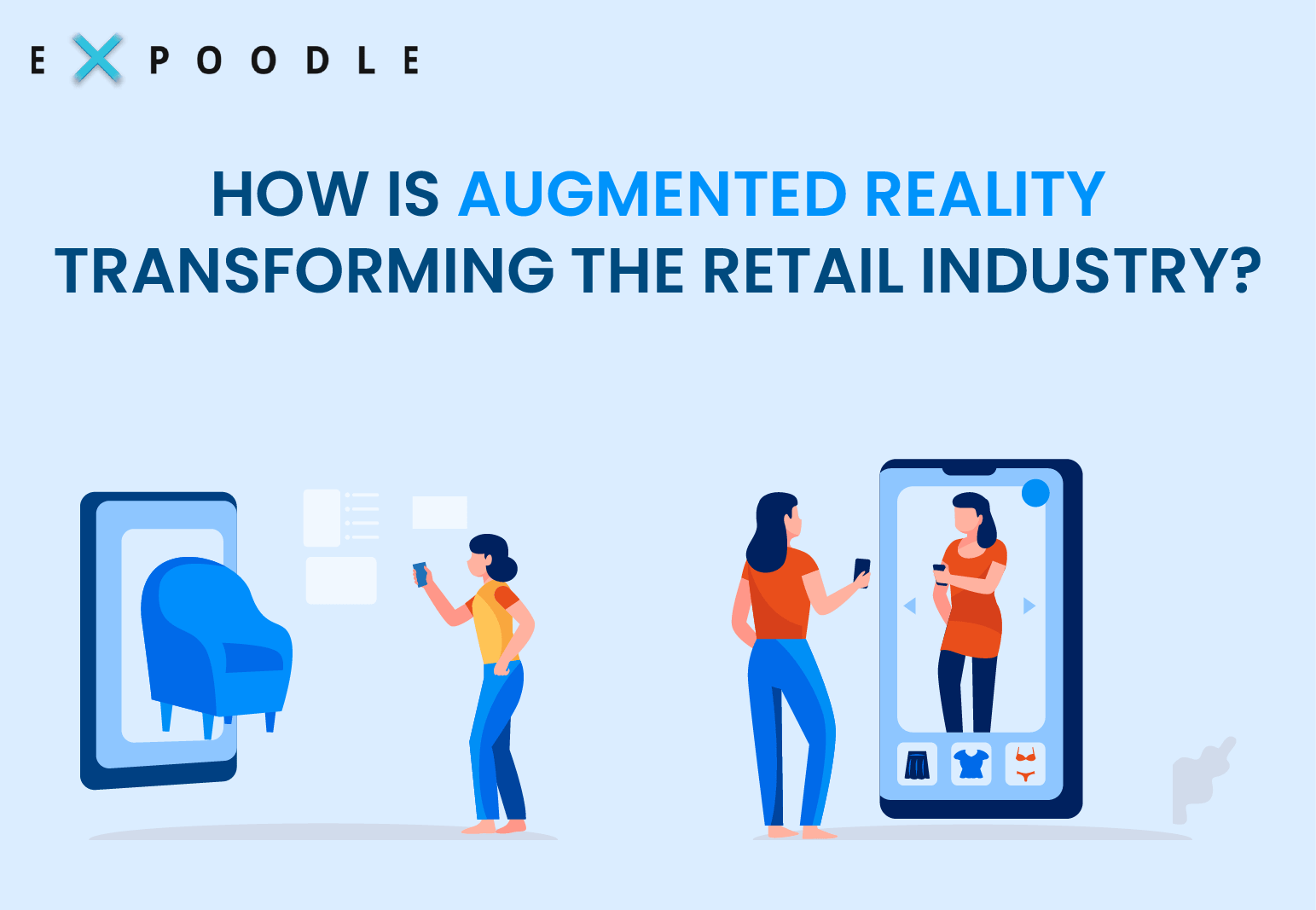
Shopping has always been a therapeutic experience for many. But with the arrival of the pandemic and based on the general shift of the customer’s preferred mode of shopping, the shift from offline to online is quite evident. It has become more online-oriented as compared to yesteryear’s offline mode....
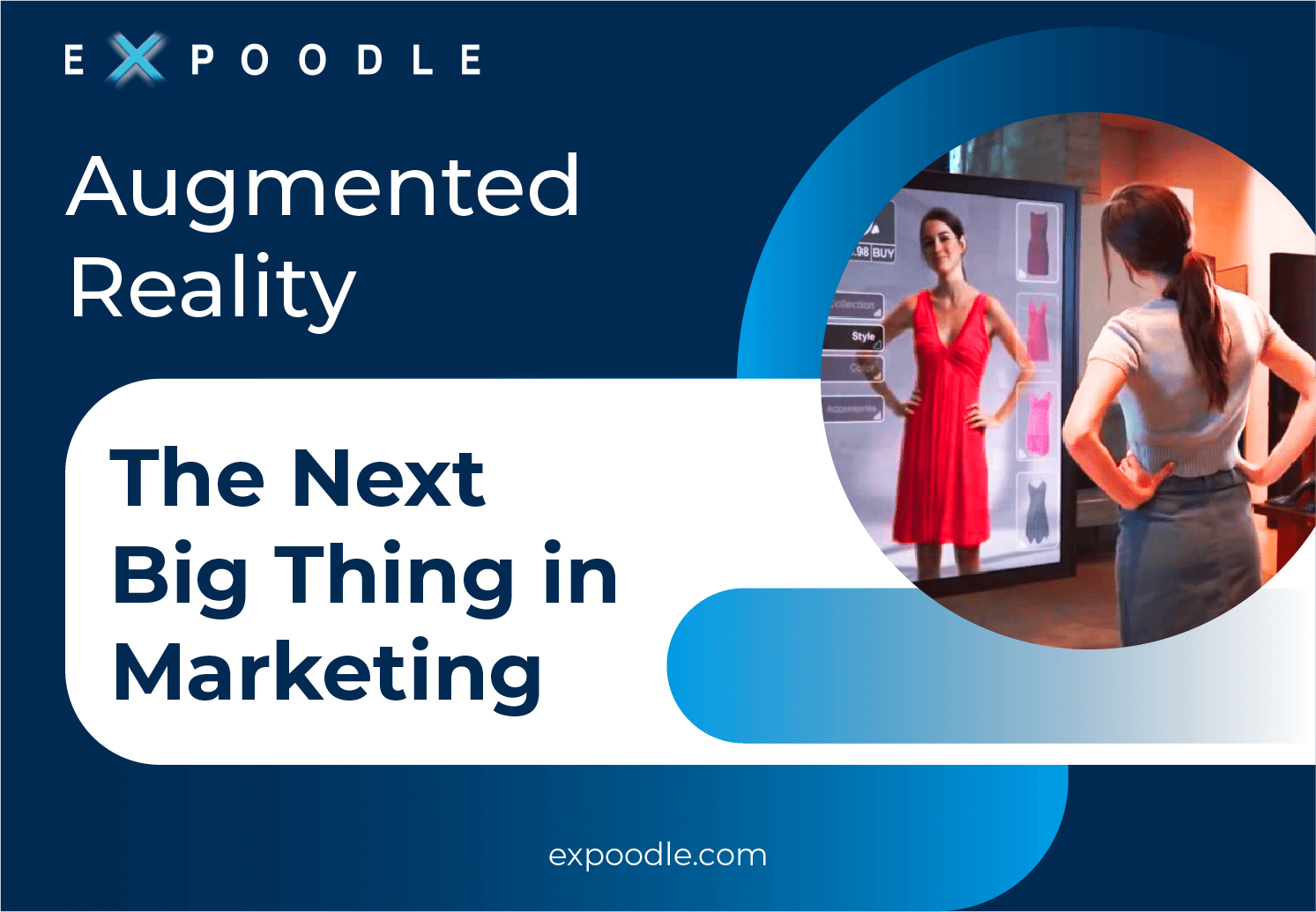
It is evident that augmented reality is the next step in technological advancement. Augmented Reality or AR is not an entirely new concept but the streamlining and the accessibility of the same has become possible only in the last few years....